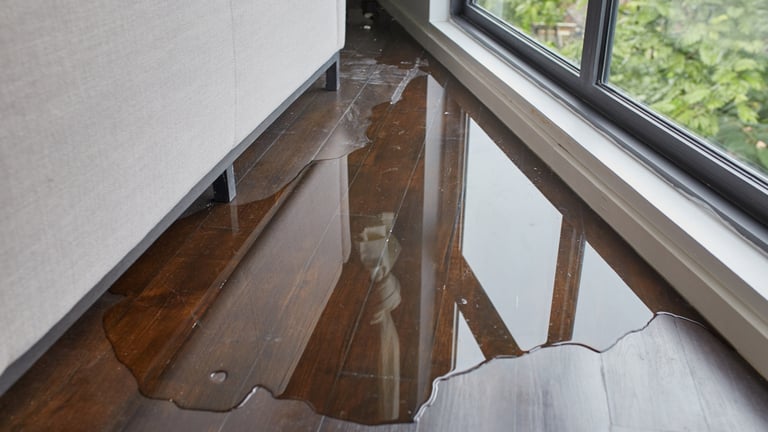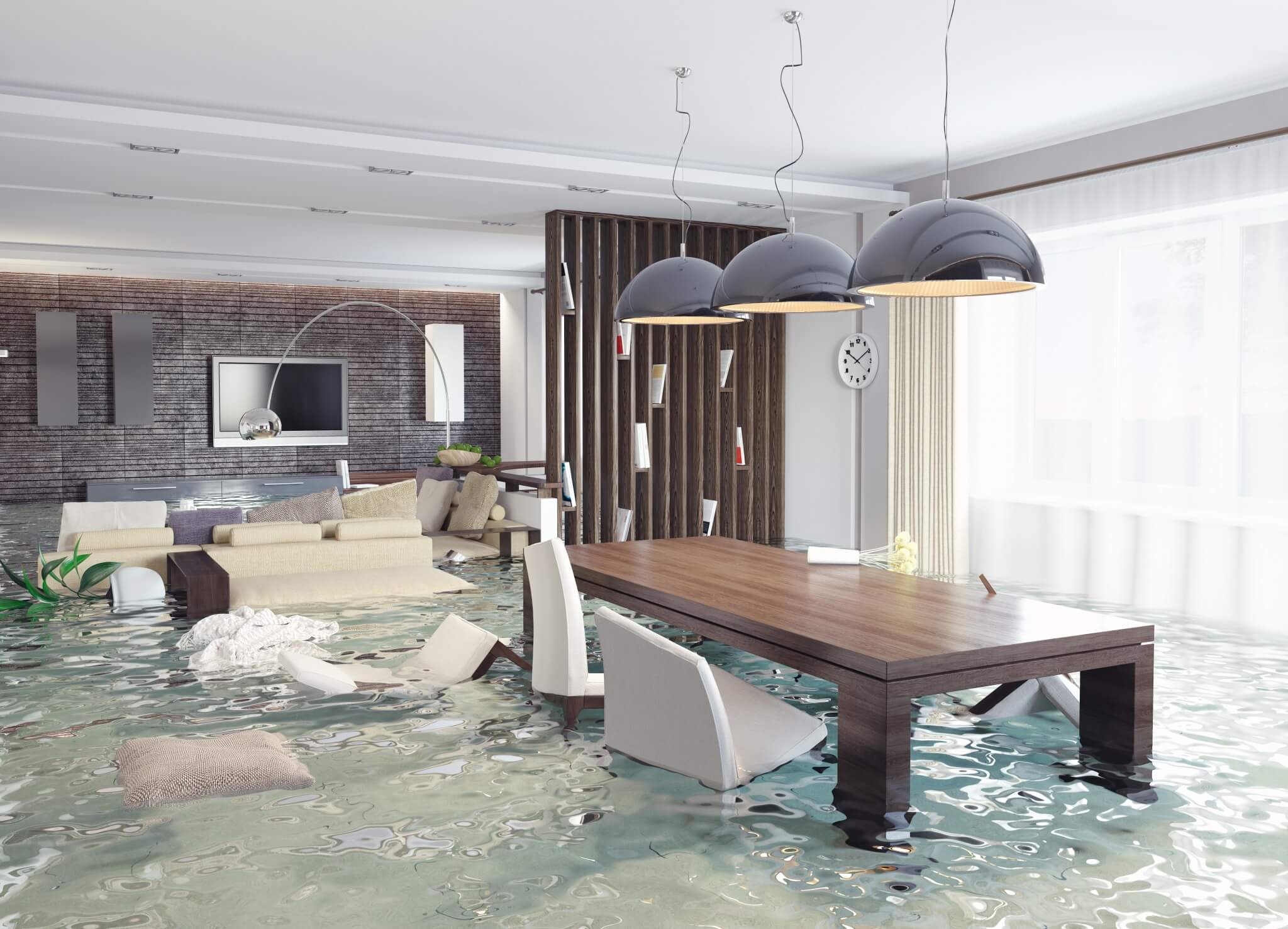Do's as well as Don'ts During Water Damages Emergencies.
Do's as well as Don'ts During Water Damages Emergencies.
Blog Article
What're your opinions on Fire And Water Damage Prevention?

Though water gives life, water intrusion on parts where it's not meant to be can cause damages. It can peel away surfaces and also deteriorate the structure if the water soaks into your framework. Mold and mold likewise flourish in a damp setting, which can be harmful for your health and wellness. Homes with water damages odor moldy and also old.
Water can come from lots of sources such as tropical cyclones, floods, ruptured pipelines, leaks, and also drain issues. In case you experience water damages, it would be excellent to understand some safety preventative measures. Here are a couple of guidelines on just how to handle water damages.
Do Prioritize Home Insurance Policy Protection
Water damages from flood because of heavy winds is seasonal. Nonetheless, you can also experience an unexpected flooding when a defective pipe all of a sudden breaks right into your home. It would be best to have home insurance that covers both disasters such as natural calamities, as well as emergencies like busted plumbing.
Don't Neglect to Turn Off Energies
In the event of a calamity, especially if you stay in a flood-prone area, it would be suggested to shut off the major electric circuit. This cuts off power to your entire residence, preventing electrical shocks when water comes in as it is a conductor. Additionally, do not forget to turn off the main water line valve. When floodwaters are high, furniture will move around and cause damages. Having the main valve shut down protects against more damages.
Do Remain Proactive and Heed Climate Notifies
Tornado floodings can be very unforeseeable. Stay positive as well as ready if there is a background of flooding in your area. If you live near a creek, lake, or river , pay attention to emptying warnings. Take out prized possessions from the very beginning as well as basement, then placed them on the highest possible level. Doing so reduces possible residential or commercial property damage.
Don't Disregard the Roof
You can stay clear of rain damage if there are no holes and also leakages in your roofing. This will prevent water from flowing down your wall surfaces as well as saturating your ceiling.
Do Take Notice Of Little Leakages
A ruptured pipe doesn't occur overnight. Typically, there are red flags that indicate you have weakened pipes in your home. You might observe bubbling paint, peeling wallpaper, water touches, water stains, or trickling noises behind the wall surfaces. Ultimately, this pipeline will burst. Preferably, you should not await points to intensify. Have your plumbing repaired before it leads to enormous damages.
Do Not Panic in Case of a Burst Pipe
When it comes to water damage, timing is key. Thus, if a pipeline ruptureds in your home, immediately shut off your major water shutoff to reduce off the resource. Call a reliable water damage remediation expert for aid.
Water provides life, water breach on components where it's not meant to be can result in damage. Homes with water damages smell old and also mildewy.
Water damage from flooding dues to hefty winds is seasonal. You might discover gurgling paint, peeling wallpaper, water touches, water stains, or trickling sounds behind the wall surfaces. When it comes to water damages, timing is essential.
Are Water Mitigation and Water Damage Restoration the Same Thing?
When are Water Mitigation Services Needed?
Water intrusion can come from small sources like a dishwasher leak or larger ones like rainwater causing inches of standing water in a basement. Other instances of damage that call for water mitigation services include:
Sewer backup, sump pump failure, or clogged toilets Toilet wax seal failure Shower pan corrosion Pipe leaks and ruptures Washer or icemaker line breaks HVAC drain line blockage A leaking roof Moisture behind walls Foundation cracks Mold Mold is a good example to illustrate how water mitigation works. We’ve often found that clients we do mold remediation services for had existing water damage issues that ended up leading to the mold damage. When performing water mitigation we look for what’s causing the water problem and for ways to stop mold before it multiplies and becomes a bigger concern.
Are You Currently Experiencing a Water Disaster?
If you’re in the middle of a water intrusion disaster, here are some important dos and don’ts to follow:
Don’ts:
Safety first! Do not enter a room with standing water until the electricity has been turned off! A regular household vacuum should never be used to pick up water. Never use electrical appliance if standing on a wet floor or carpet. Leave visible mold alone. Dos:
Call a water mitigation professional as soon as possible. Mold and other damage can begin within hours of a water intrusion. Mop and blot up as much water as possible. Remove non-attached floor coverings and mats but leave wall-to-wall carpeting removal to a pro. If there are window coverings like draperies that touch the water, loop them through a hanger and put them up on the rod. Remove wet cushions to dry and wipe down soaked furniture. Move valuables like paintings, photos, and art objects to a dry location. Books should be left tightly packed on shelves until it’s determined if they need specialized drying. Prop open closets, cabinets, and drawers to allow them to air out. https://cfrsfl.com/blog/are-water-mitigation-and-water-damage-restoration-the-same-thing/

I recently found that blog posting on Preventing Fires and Water Damage In Your Home when doing a lookup on the internet. Those who enjoyed our post plz don't forget to share it. We recognize the value of reading our article about Ways to Reduce The Risk Of Fire And Water Damage.
Report this page